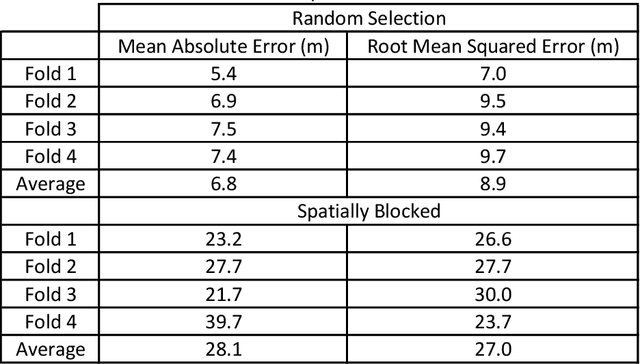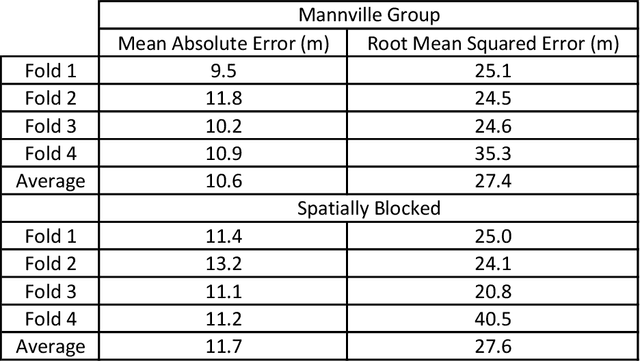Sanya Srivastava
A recommender system for automatic picking of subsurface formation tops
Feb 17, 2022

Abstract:Geoscience domain experts traditionally correlate formation tops in the subsurface using geophysical well logs (known as well-log correlation) by-hand. Based on individual well log interpretation and well-to-well comparisons, these correlations are done in the context of depositional models within a stratigraphic framework. Recently, many researchers have focused on automatic well-log correlation using a variety of warping algorithms that measure well similarity, and both unsupervised and supervised machine learning methods that assign categorical labels based on known tops in many other wells. These methods require a standardized suite of digital well logs (i.e. gamma ray logs for every well) along with the depth to the top of the formations, which might not be available in many cases. Herein, we propose a method that does not use geophysical well logs for correlation, but rather uses already picked tops in multiple wells to recommend the depth to the remaining unpicked tops in the wells. This recommender system calculates the depth to all formation tops in all the wells for two different datasets in two different basins. The Teapot Dome dataset is composed of lithostratigraphic formation tops, and the Mannville Group dataset is composed of sequence-stratigraphic (representing multiple lithologic groups within a stratigraphic unit) formation tops. For the demonstration, mean absolute error and root mean squared error of four-fold cross-validation compares the recommender system predictions to the ground truth human interpretations. The recommender system is competitive and often outperforms state of the art spline interpolation methods. Lastly, increasing the size of the training dataset decreases the prediction error, and that variance in error decreases with increasing formation tops picked in each formation and well for the lithostratigraphic top picks.
 Add to Chrome
Add to Chrome Add to Firefox
Add to Firefox Add to Edge
Add to Edge